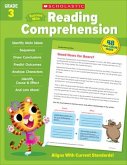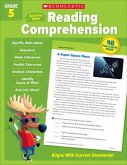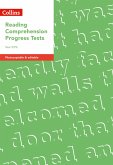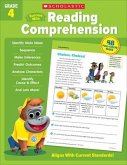Abstract: Rigorous experimental analysis of the effect of oral reading rate on comprehension has only recently been performed. There is still controversy over which rate of oral reading maximizes comprehension and retention. Inflection and how it interacts with rate of oral reading have received very little attention. This study sought to determine how oral reading rate, when approximating functional conversational speech (150 to 200 words/minute) and inflection, impacts comprehension and maintenance of comprehension. A single subject design was developed to determine how oral reading at 150 to 200 words/minute with inflection compared with oral reading a 1; 40 to 60 words/minute (instructional rate), wit! inflection on measures of comprehension and maintenance of comprehension. High oral reading rates without inflection were also compared with low oral reading rates without inflection to determine their effects on comprehension and maintenance of comprehension. The dependent variables were a free recall task, answers to 10 comprehension questions and written responses to a Cloze procedure. These occurred immediately following reading criteria, and at three and 10 days after criteria was reached. Six subjects were used in this study; two subjects were of high school age and reading below grade level and four subjects were in the third grade reading on grade level. For this study an ABCD design was used with four subjects and a CDAB design was used for two subjects so that any effect that sequence may have had could be determined. Also, the high rate conditions were yoked to the low rate conditions to keep the number of trials equal. The results confirmed that the combination of high oral reading rate with inflection (when reading approximates conversational speech), increased both the accuracy and speed of comprehension and its maintenance more than any of the other combinations. The combination of high oral reading without inflection was found to increase comprehension and maintenance of comprehension when compared with low oral reading rate with and without inflection. Also, inflection training in both the high and low rate oral reading conditions improved comprehension. The results of Experiment 2 systematically replicated the results of Experiment 1 across reading levels, reading passages, settings, and subjects. Dissertation Discovery Company and University of Florida are dedicated to making scholarly works more discoverable and accessible throughout the world. This dissertation, "Effects of Oral Reading Rate and Inflection on Comprehension and Its Maintenance" by Henry A. Tenenbaum, was obtained from University of Florida and is being sold with permission from the author. A digital copy of this work may also be found in the university's institutional repository, IR@UF. The content of this dissertation has not been altered in any way. We have altered the formatting in order to facilitate the ease of printing and reading of the dissertation.
Hinweis: Dieser Artikel kann nur an eine deutsche Lieferadresse ausgeliefert werden.
Hinweis: Dieser Artikel kann nur an eine deutsche Lieferadresse ausgeliefert werden.








